Before putting out your garbage, please double check the separation!
Update date: September 13, 2023
"Small rechargeable batteries" and "small electronic devices with non-removable rechargeable batteries" should be disposed of on the "hazardous waste" day.
In recent years, there has been an increase in the number of fires caused by garbage disposal facilities and garbage trucks in Tokyo.
The cause is thought to be that rechargeable batteries such as lithium-ion batteries that were mixed in with non-burnable garbage were heated and ignited when they were crushed by the crusher at the processing facility or the press plate of the collection vehicle. If a fire breaks out, it may not only lead to damage to machinery and accidents to workers, but also delay in collection or stop delivery to the facility.
Before putting out your garbage, please double check that it has been separated correctly.
What is a small rechargeable battery?
This is a battery that can be charged and used repeatedly.
There are lithium-ion batteries, nickel-cadmium batteries, nickel-metal hydride batteries, and small valve-controlled lead-acid batteries, and each has a "recycle mark" displayed on its body.
Please note that overseas-made or old rechargeable batteries may not have a ``recycle mark,'' but if they can be recharged and used repeatedly, they can be disposed of on the ``hazardous materials'' day.

lithium ion battery
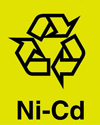
NiCad battery
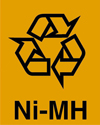
nickel metal hydride battery
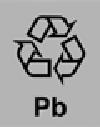
Small valve regulated lead acid battery
How to dispose of small rechargeable batteries
- Please put them in transparent or semi-transparent bags and put them out on the "Hazardous Substances" day once a month.
- Small rechargeable batteries can also be collected in recycling boxes at designated recycling stores. Please search and check the website of JBRC (external link) for recycling cooperation stores.
- Before disposing of batteries, insulate the terminals with tape, etc.
Let's insulate it and put it out.
How to dispose of "small electronic devices with non-removable rechargeable batteries"
- If the item is approximately 50 cm or smaller, please place it in a transparent or semi-transparent bag on Hazardous Materials Day once a month, or place the terminal part with tape at one of the 11 small electronic device collection boxes in the city. Please insulate before disposing of it.
- Items larger than 50cm should be disposed of as bulky garbage (reservation required).
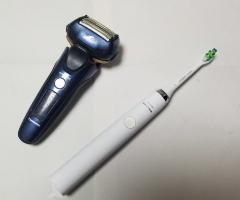
Small electronic devices with non-removable rechargeable batteries
reference
![]() Please handle small rechargeable batteries with care (PDF: 8,607KB)
Please handle small rechargeable batteries with care (PDF: 8,607KB)
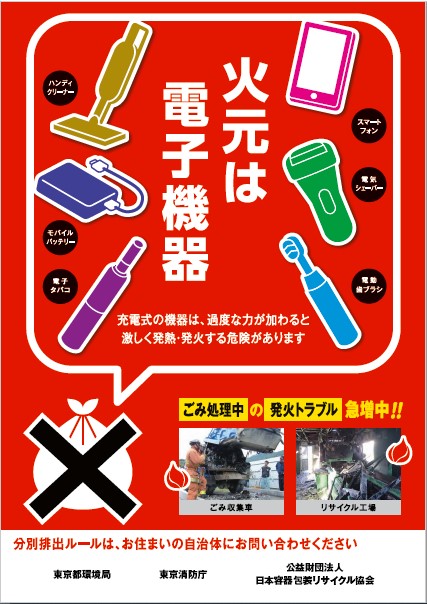
Lithium-ion battery discharge rules (how to dispose of) caution poster red
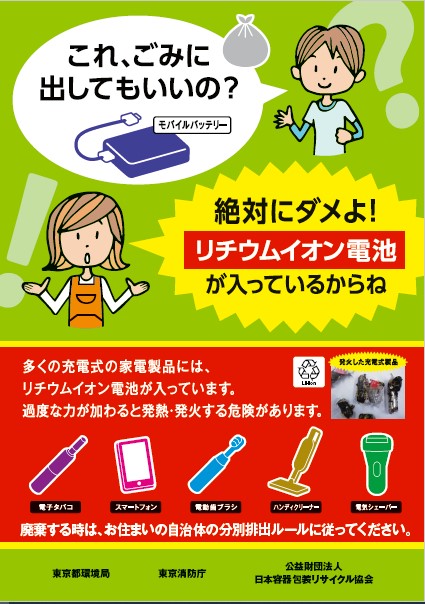
Lithium-ion battery discharge rules (how to dispose of) caution poster green
Adobe Acrobat Reader DC (formerly Adobe Reader) is required to open PDF files.
If you don't have it, you can download it for free from Adobe.
![]() Download Adobe Acrobat Reader DC
Download Adobe Acrobat Reader DC
Inquiries regarding this page
Inagi City Urban Environment Development Department Living Environment Division
2111 Higashi-Naganuma, Inagi City
Phone: 042-378-2111 Fax: 042-377-4781







